
12 minute read
Featured Herbarium: Natural History Museum, London (BM)
Norbert Holstein and Mark Carine
A brief history of the British Museum
Advertisement
The Herbarium (BM) at the Natural History Museum (NHM) in London, England, has a long history. Its origins mainly stem from the collections of the physician, naturalist, and collector Hans Sloane (1660–1753). During the course of his long life, Sloane amassed a vast collection housed at his home, Chelsea Manor in southwest London. It comprised not only an herbarium but also many other objects including other natural history specimens, coins, medals, books, prints, and manuscripts. In his will, Sloane bequeathed his entire collection to the nation for the sum of £20,000 (in today’s purchasing power ca. US$3,000,000) and on the condition that a public museum was created to house it. A national lottery was held to raise the necessary funds and the British Museum in Bloomsbury, London duly opened on the 15th of January 1759. More than a century later, in 1881, the overcrowded and ever-growing natural collections were moved into the Waterhouse building in South Kensington, close to Hyde Park and Kensington Palace, as the "British Museum (Natural History)" (Fig. 1). Only in 1992, the museum was renamed the "Natural History Museum." The botanical collections retained the original acronym, BM, although it leads visitors to the wrong address in London regularly.

Fig. 1. The British Museum (Natural History) as viewed from Cromwell Rd., ca. 1880.
© The Trustees of the Natural History Museum, London. Licensed under the Open Government License.
Sloane and his herbarium
Hans Sloane himself trained as both an apothecary and as a physician and, for men like him, knowledge of plants was essential since plants provided the raw materials for the remedies used in medical practice. When he was appointed physician to the new Governor of Jamaica in 1687, his interest in the tropics and its wealth of resources grew. Apart from using quinine, he became acquainted with chocolate, which was drunk with water. Not being taken with the taste, he suggested the addition of milk, which led to the creation of our modern chocolate. Jamaica did not only play a central role in his own endeavors; his marriage to Elizabeth Langley Rose, heiress of a large Jamaican sugar cane plantation and slave owner, also contributed to Sloane’s wealth.
Whilst Sloane was clearly the central figure in the assembly of his herbarium, he was not working in isolation. During his long life, Sloane purchased or was bequeathed the collections of several other fellow collectors and cataloguers. In 1696, he acquired the seven-volume herbarium of Christopher Merrett, whose Pinax Rerum Naturalium Britannicarum, published in 1666, was one of the first lists of the flora, fauna, and minerals of England.
Other collections would follow. His largest acquisition was the herbarium of his friend, the apothecary James Petiver. Purchased in 1718, Petiver’s herbarium today accounts for almost one third of the volumes in the Sloane Herbarium.
Gardeners such as Philip Miller at Chelsea Physic Garden and Mary Somerset, Duchess of Beaufort, were also important contributors. Among field collectors contributing to the collection were merchants, dedicated plant collectors, and even members of the clergy (an Archbishop of Canterbury among them). Medically-trained men— apothecaries and surgeons—were, however, by far the most significant group of collectors.
Thanks to the efforts of James Britten (1846–1924) and later James Dandy (1903–1976), the collectors and the collecting localities recorded in each volume of the Sloane Herbarium have been carefully catalogued. In 1958, Dandy published The Sloane herbarium: an annotated list of the Horti sicci composing it; with biographical details of the principal contributors, a catalogue that reveals more than 300 named contributors to the herbarium with plants sourced from more than 70 countries and dependencies worldwide. It is clear from this work that the herbarium, and the collectors and the places represented, are a reflection of England’s (and later, the United Kingdom’s) expanding trade and colonial endeavors during the period in which it was assembled. In the Atlantic World, its links to slavery are readily apparent.
The Sloane Herbarium is the largest surviving part of Sloane’s natural history collections and is now housed, together with other bound herbarium books, in a purpose-built and climate-controlled room in the heart of the Darwin Centre at the NHM (Fig. 2). It is a collection that remains scientifically valuable today—as a repository of type specimens and a record of change.
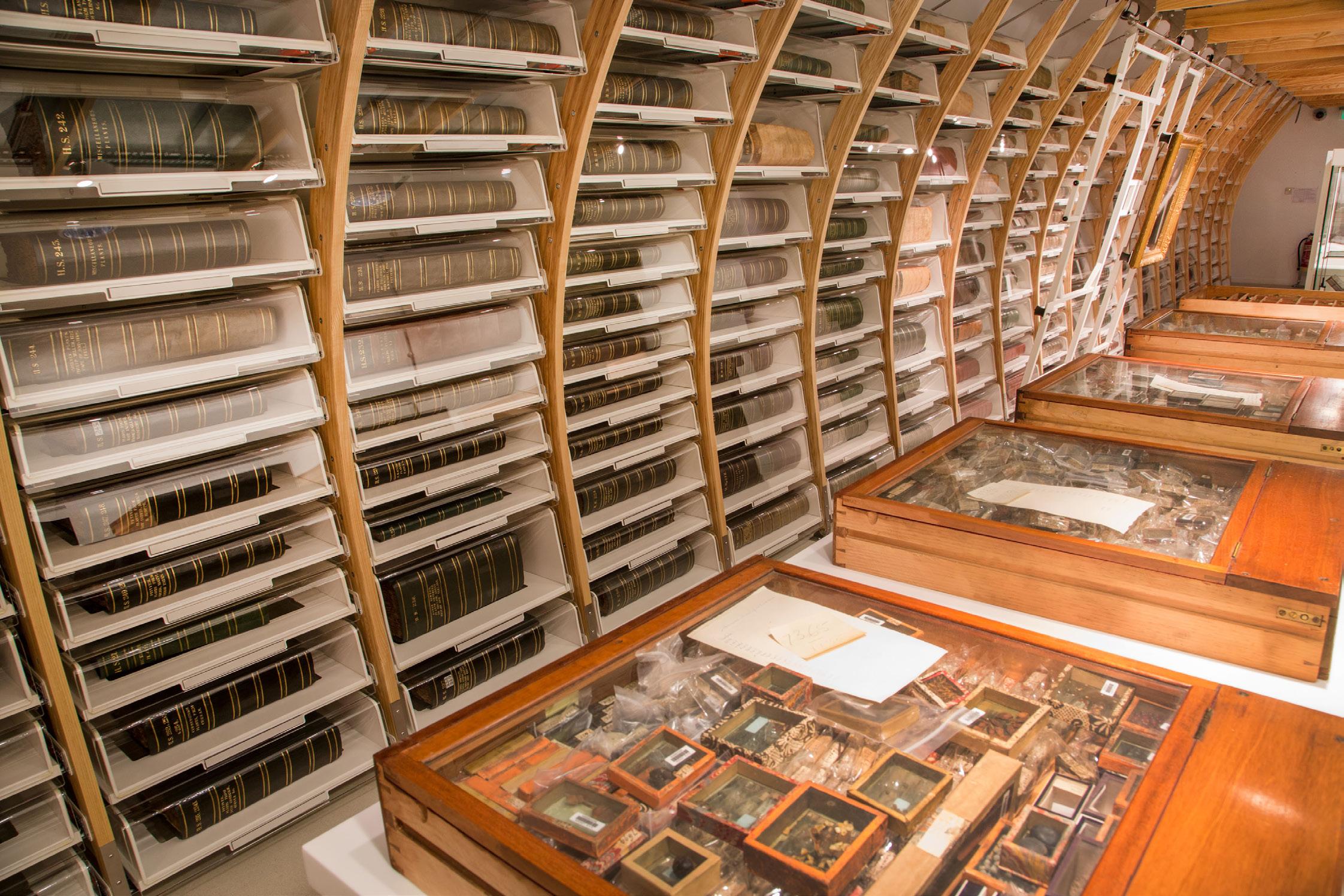
Fig. 2. The Historical Collections room with the Sloane Herbarium and, on the bench in the foreground, part of Sloane’s vegetable substances collection.
© The Trustees of the Natural History Museum, London. Licensed under the Open Government License.
The Banksian herbarium
In 1763, the British Museum’s trustees appointed the young Swede Daniel Solander to catalogue Sloane’s collections. Soon after, Solander joined his friend, the naturalist Joseph Banks, on James Cook’s circumnavigation aboard HMB Endeavour (1768–1771). Banks subsequently became a shooting star and established himself as a center of botany in Britain. As the King’s advisor for the Royal Botanic Gardens in Kew, and President of the Royal Society (and thus Trustee of the British Museum), Banks coordinated expeditions all over the world. The Banksian herbarium became, undoubtedly, one of the most significant in the world. The herbarium included the specimens that Banks had collected himself—both in Britain and on his voyages. However, they accounted for a relatively small, though scientifically important, proportion of the collection. Banks acquired most of the material as gifts or exchanges through his extensive networks, from those that were contributed by people he commissioned to collect, and those that he acquired from gardens. He also purchased earlier significant herbaria, such as the collections of John Clayton (1694–1773) from Virginia, Paul Hermann (1646–1695) from Sri Lanka, and George Clifford (1685–1760) from his garden in the Netherlands, which were basis for Linnaeus’ works (Fig. 3).
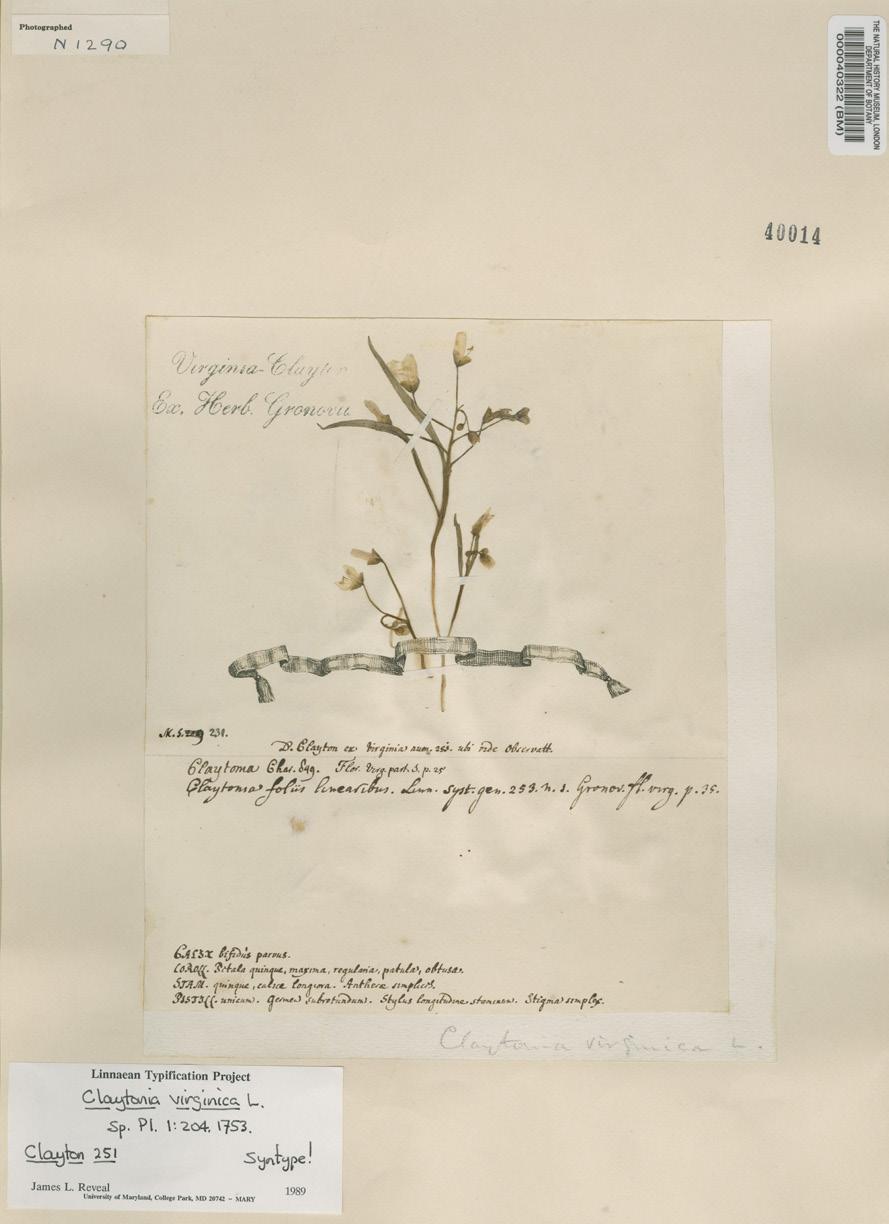
Fig. 3. Clayton’s Herbarium was one of Linnaeus’ sources of American plants.
© The Trustees of the Natural History Museum, London. Licensed under the Open Government License.
Although being a Trustee of the British Museum for forty years, Banks kept his collections in his own house in Soho Square, London. Banks’ apparent lack of confidence in the British Museum was not unreasoned. Public and parliamentary suspicions of irregularities during the Sloane lottery led to underfunding of the museum. Only the arrival of the collections of the Royal Society in 1781, yearly gifts of 50 plant specimens from Chelsea Physic Garden (until 1797), and the acquisition of Baron de Moll’s (Karl Maria Ehrenbert, Freiherr von Moll) collections in 1816 were noteworthy additions. Sloane’s collections also were not well maintained after Solander’s untimely death, aged 49, in 1782. Lack of care and expertise led to neglect of the natural history collections, which culminated even in bonfires of decaying material. Also, the popular influx of antiquities, such as the Rosetta Stone in 1801 and the Elgin Marbles in 1816, and of minerals shifted the focus of the British Museum.
Shortly before his death in 1820, Banks bequeathed his herbarium to his trusted librarian Robert Brown (1773–1858). Brown was not just Banks’ librarian; he was also an established botanist with wide expertise. He had also followed Bank’s steps and travelled to Australia on the HMS Investigator (1801–1805). Unless Brown chose to transfer them earlier, Banks’s collections were to become the property of the British Museum upon Brown’s death, in the hope of changing circumstances. In the meantime, the British Museum underwent significant reconstruction since the collections outgrew the old building. In 1827, the herbarium was transferred to the Museum. Brown himself was appointed “Keeper of the Sir Joseph Banks’ Collection,” equal in rank and payment to the other Keepers but only for two days a week and with no guarantee of replacement in case he retired or died. The Sloane collection remained separated under Charles König, Keeper of Natural History, until 1834. It was not until 1837 that botany was made one of the three branches in the Department of Natural History.
The Banksian herbarium was a collection global in coverage, and it is a collection that was widely consulted by other botanists— both during Banks’s lifetime and subsequently at the BM. It is consequently a collection particularly rich in types. As with Sloane before him, Banks’s legacy is a mixed one. Being not only an advocate of the settlement of New South Wales, he was also involved in projects that would have significant environmental impacts and that contributed to the institutions of slavery and imperialism.
Sibling rivalry?
In his lifetime, Joseph Banks had started to shape the Royal Botanic Gardens in Kew as one of the major botanical gardens in the world, and William Jackson Hooker started to develop his own herbarium after his appointment as Director of Kew in 1841. It grew quickly and a curator was appointed in 1853. Discussions of merging botany in London began in 1848 and have come up several times since. There have been various reasons why they have been maintained as distinct collections, the different specimen sheet sizes being a very practical one. Major new acquisitions by the British Museum such as Horsfield’s plants from Java, Welwitsch’s second set of Angolan plants, and 170,000 specimens from Robert Shuttleworth, which were subsequently added to the collection, did not make practical issues easier.
Space at the British Museum in Bloomsbury was becoming extremely limited and, in 1881, the Department of Botany moved with the rest of the natural history collections to its new home in South Kensington. The herbarium was located on the second floor in the southeast wing of the Natural History Museum’s Waterhouse building in 1881 but soon ran out of space. In 1898, the rich collections of fossil plants were transferred to the Department of Geology, where they are still managed (today: Earth Science). From 1906, the (continental) European specimens were separated into the “European Herbarium” on the second floor in the central west wing. The British and Irish collections, already separated from the General collection since 1859, joined them in 1916. The cryptogams were also re-housed into a room in the central tower. Bomb damage to the botanical galleries on the night of the 8th of September 1940, led to a post-war reconfiguration of the botanical collections. The General Herbarium moved to the West wing and the cryptogamic specimens were moved into the repaired former botanical galleries in 1957. In 1967, the “British & Irish Herbarium” was re-created as a distinct section. Since 2009, with the re-housing of all vascular plants collections to the Darwin Centre (next to the west wing of the Waterhouse building), the European Herbarium was remerged with the General Herbarium (Fig. 4).
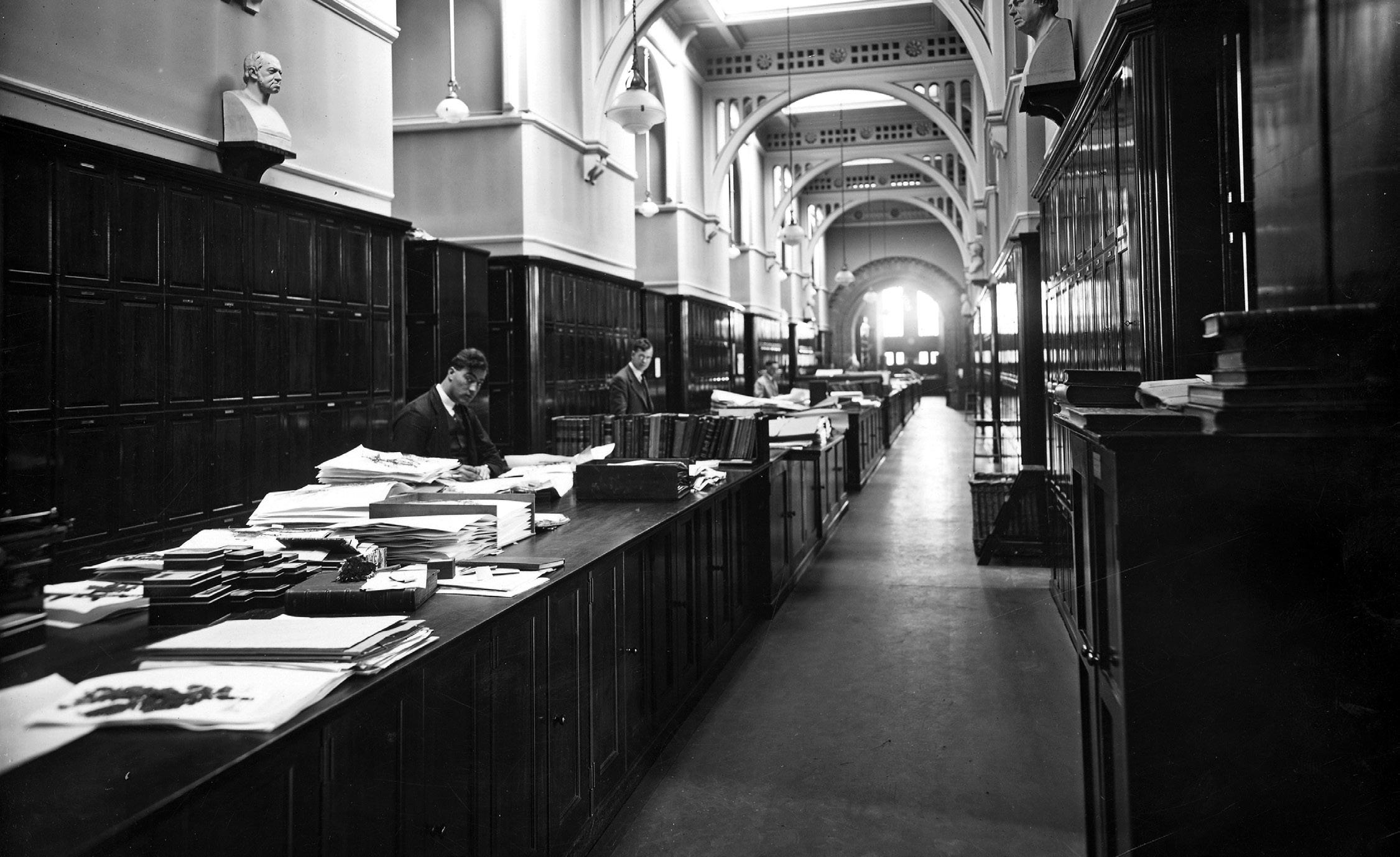
Fig. 4. The rooms of the General Herbarium (in 1934) now house the cryptogamic collections.
© The Trustees of the Natural History Museum, London. Licensed under the Open Government License.
With the BM and Kew—two large collections in London, growing steadily—there was a risk of duplicate research and collections. In 1961, Kew and the British Museum (Natural History) divided the labor. The “Morton Agreement,” named after the chairman of the committee proposing it, provided different trajectories for the vascular plants of both institutions. The British Museum would focus on Europe, NW Africa, North and Central America and the polar regions, while Kew would focus on the rest. Non-lichenized fungal collections were given to Kew, while bryophytes, lichens, and algae went to the British Museum. Vascular plants were not exchanged, and whilst, for a while, acquisitions focused on the agreed areas, material from all over the world has since gone to both collections albeit with different foci (Fig. 5).
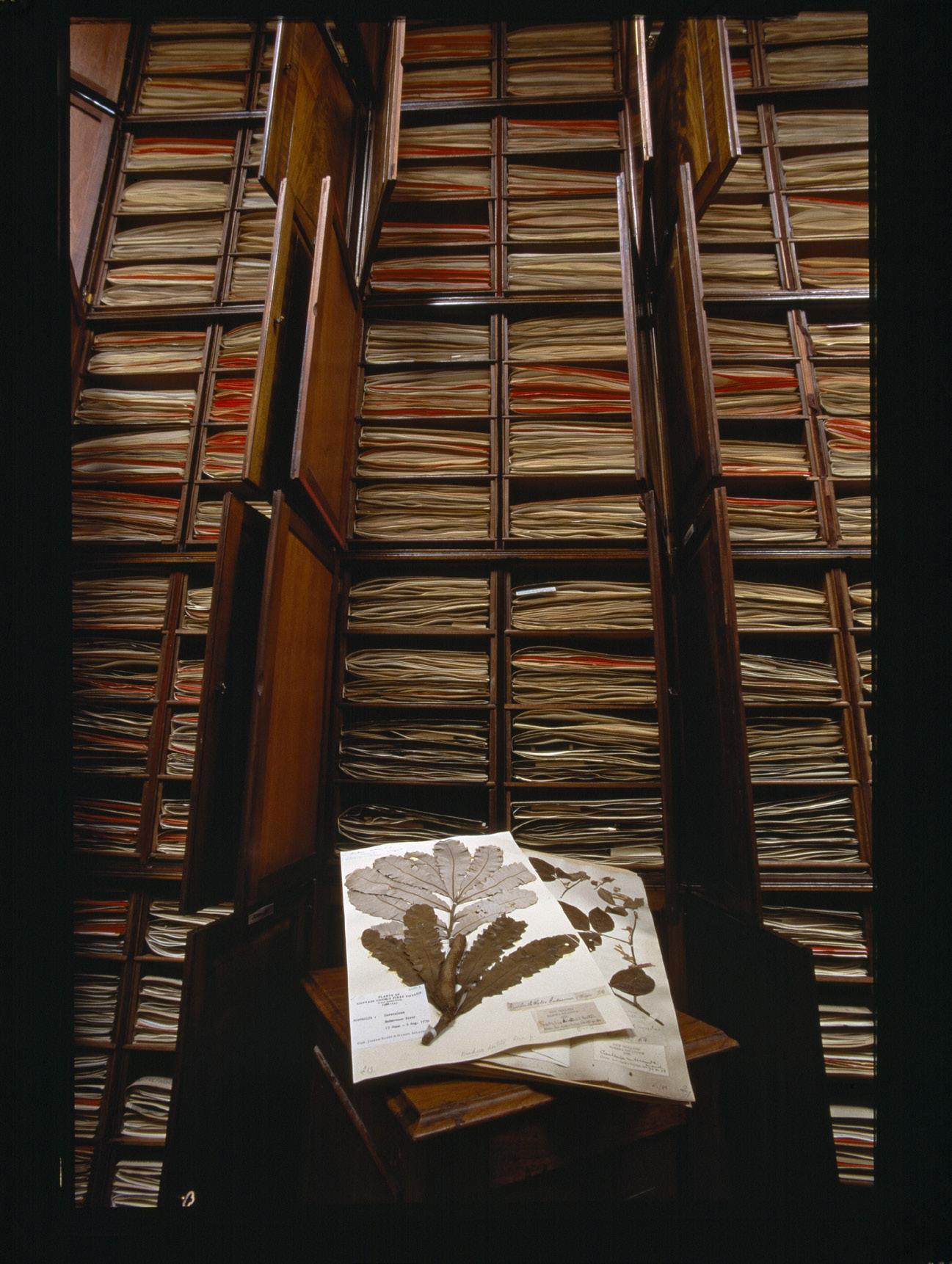
Fig. 5. Cabinets in the “Old General Herbarium” (in the west wing) – with a specimen of Banksia dentata L.f. in front.
© The Trustees of the Natural History Museum, London. Licensed under the Open Government License.
Noteworthy collections from outside of Britain and Europe (grown massively due to the Flora Europaea project) are from Australia (J. Banks, R. Brown, A. Cunningham, J. Drummond), Papua New Guinea (A.H.G. Alston), Thailand (A.F.G. Kerr), Himalaya and Indian subcontinent (R.H. Beddome, G. Gardner, W. Griffith, F. Ludlow, G. Sherriff, J.D.A. Stainton), Angola (F.M.J. Welwitsch, J. Gossweiler), Central Africa (G.M.P.C. Le Testu), and South America (G. Gardner, H. Ruiz & J.A. Pavón, R. Spruce).
Current situation
The herbarium of the Natural History Museum today comprises an estimated 5.25 million specimens. The seed plants are separated into the British & Irish Herbarium and the General Herbarium. The latter comprises about 2 million specimens. It is maintained by four curators, each responsible for different groups of seed plants. The British & Irish Herbarium is the largest collection of seed plants from the British Isles (including the Channel Islands) and contains about 620,000 specimens covering almost all taxa. With almost a million specimens, the bryophyte collection is the largest in the world. The ca. 600,000 algae (including diatoms), and the lichen (460,000) and fern (280,000) collections are also top-ranked (Fig. 6). The botany collection is managed by a team of 12 curators.
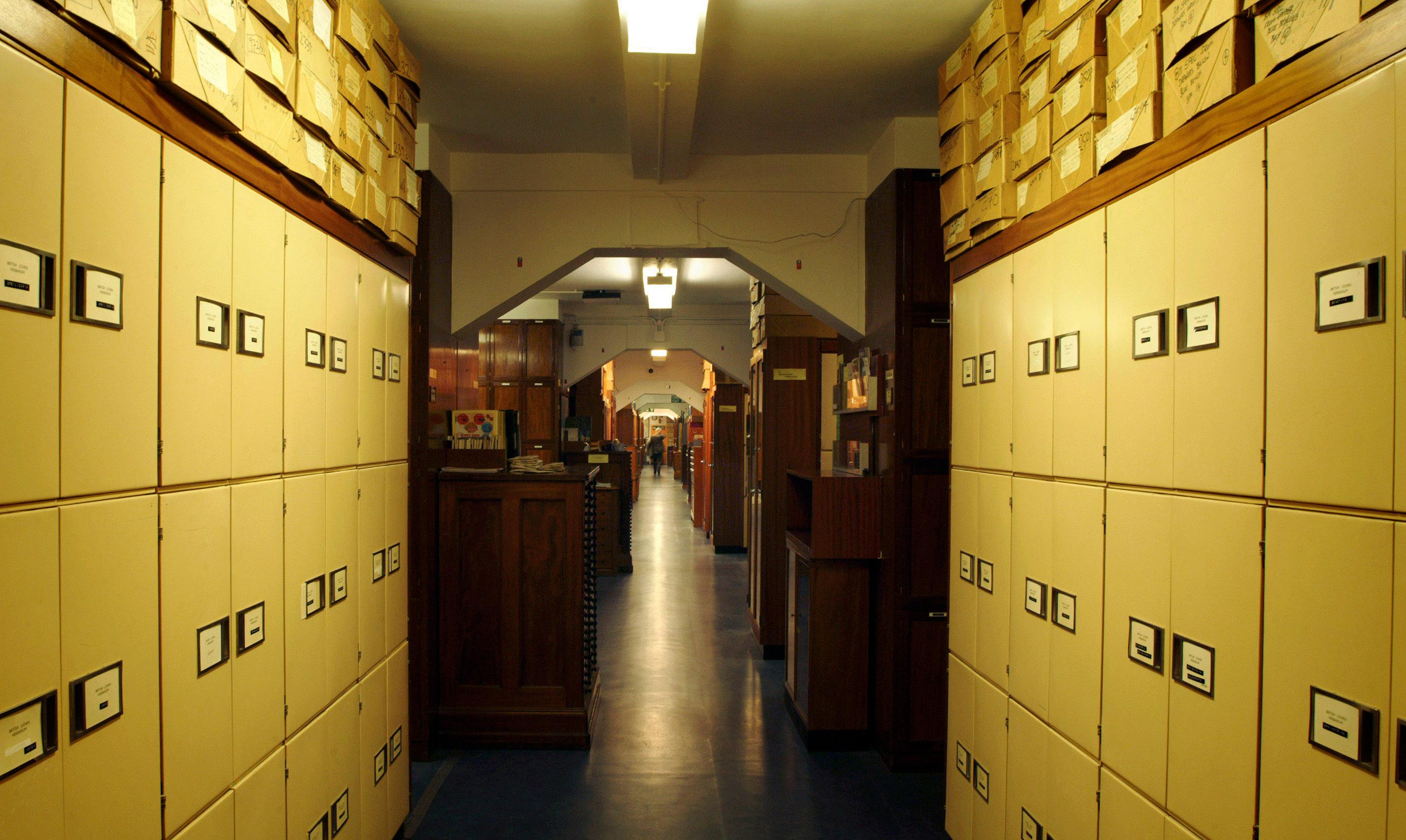
Fig. 6. The Cryptogamic herbarium.
© The Trustees of the Natural History Museum, London. Licensed under the Open Government License.
There have been several projects to database or digitize the collections and make them available online. Some of the earliest projects focused on pre-Linnean herbaria of particular nomenclatural significance: Sloane’s collections from Jamaica, Clayton’s collections from Virginia; Hermann’s collections from Sri Lanka, and Clifford’s collections from his garden in Haarlem. The NHM contributed 136,730 types to the JSTOR Global Plants project so far. More recent digitization efforts have been taxonomic group or project focused. They include the digitization of the British charophytes, vascular plants of Paraguay, Solanaceae and Hypericum L. (reflecting NHM research interests), the Dioscoreaceae collections, and the Poaceae from the Indian subcontinent. The General Herbarium Brassicales were recently digitized in a project with significant volunteer involvement. The Malvales are currently being digitized, and digitization of the diatom slides is also underway. However, the vast majority of the collections are not databased yet (Fig. 7).
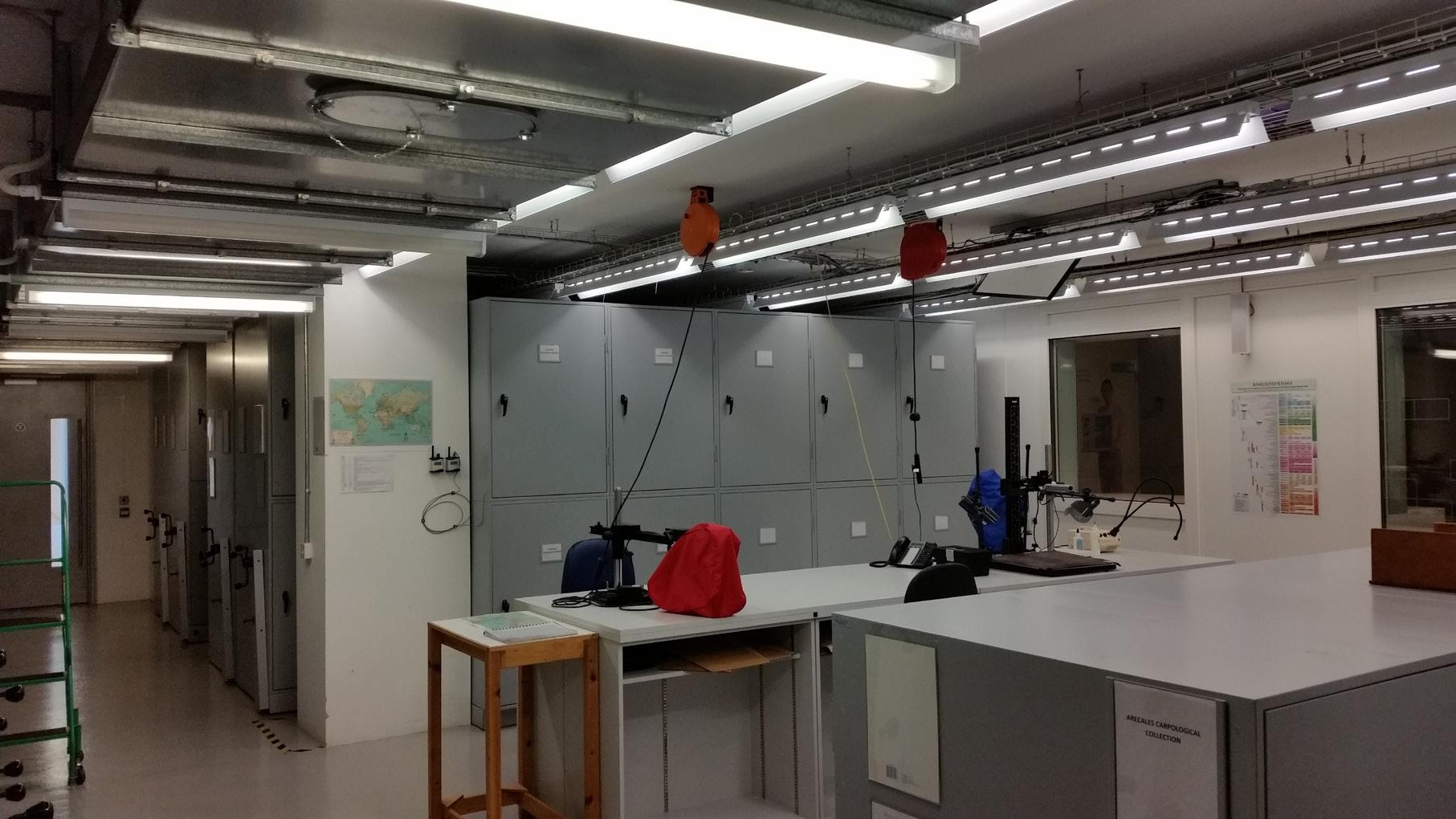
Fig. 7. The General Herbarium in the Darwin Centre is not only a collection but also part of an exhibition in the “Cocoon” where visitors can learn about how modern organismic science works.
Photo: N. Holstein
Norbert Holstein, Senior Curator in Charge (General Herbarium), The Natural History Museum, London
Mark Carine, Principal Curator in Charge (Botanical Collections), The Natural History Museum, London










